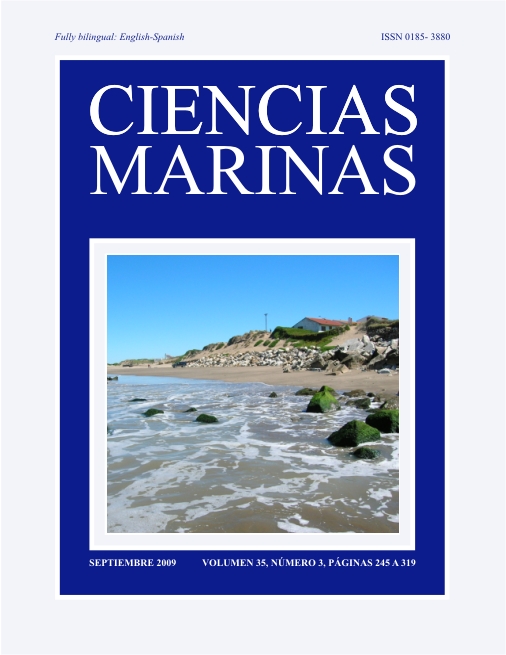Coastline evolution at Balneario Parque Mar Chiquita, Argentina
Main Article Content
Abstract
This study determined coastline evolution and retreat rates at Balneario Parque Mar Chiquita (Argentina) between 1949 and 2007. The dune toe was considered the coastline indicator, and it was determined based on historical maps, aerial photographs, a satellite image, and field measurements. The analysis showed that the intensity of the erosion process has declined though it continues to be meaningful. The annual rate has decreased from 17.71 to 1.41 m yr–1, corresponding to a total retreat of 299.01 m in the last 58 years. The temporal variations of the phenomenon mainly result from changes in beach nourishment by the littoral drift, which has been affected by sand mining and coastal defenses built to the south of the study area. Different spatial behaviours were also registered in the town, associated with geomorphological characteristics and dune conservation state. Sudestada storms have played a significant role in the coastline retreat. The results contribute to the understanding of the magnitude and dynamics of the erosion process, and should be of use in the preparation of coastal management programs and risk evaluations.
Downloads
Article Details
This is an open access article distributed under a Creative Commons Attribution 4.0 License, which allows you to share and adapt the work, as long as you give appropriate credit to the original author(s) and the source, provide a link to the Creative Commons license, and indicate if changes were made. Figures, tables and other elements in the article are included in the article’s CC BY 4.0 license, unless otherwise indicated. The journal title is protected by copyrights and not subject to this license. Full license deed can be viewed here.

